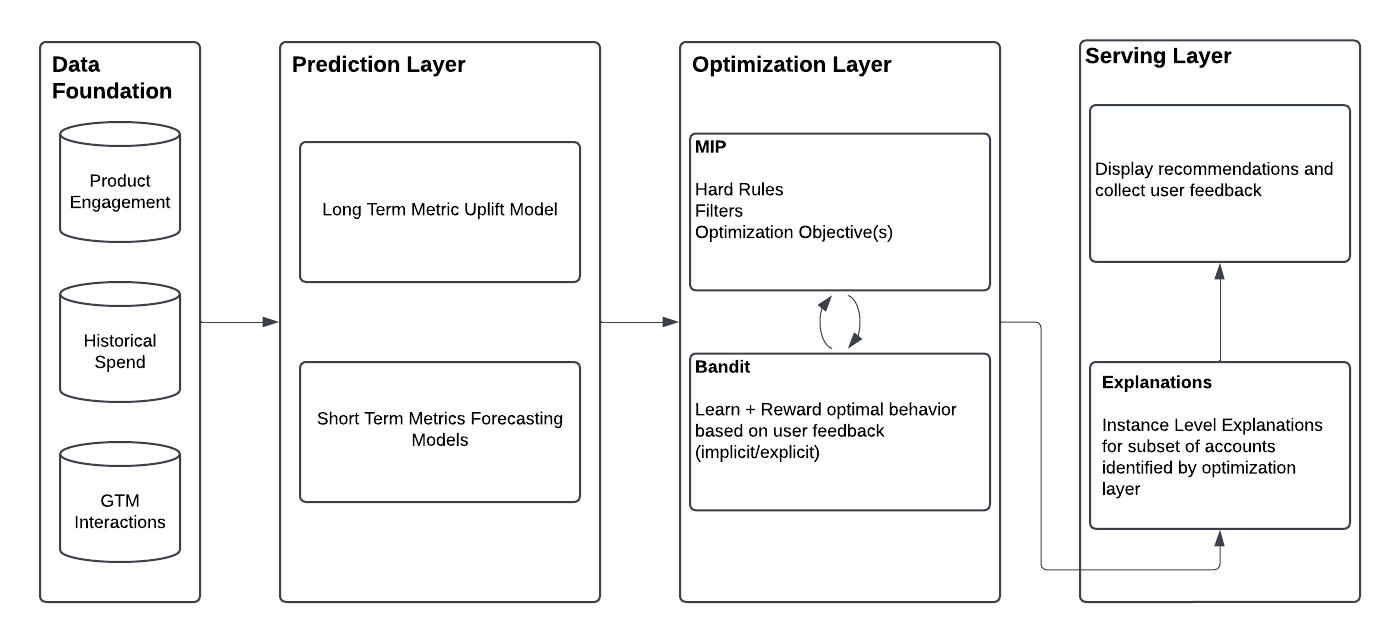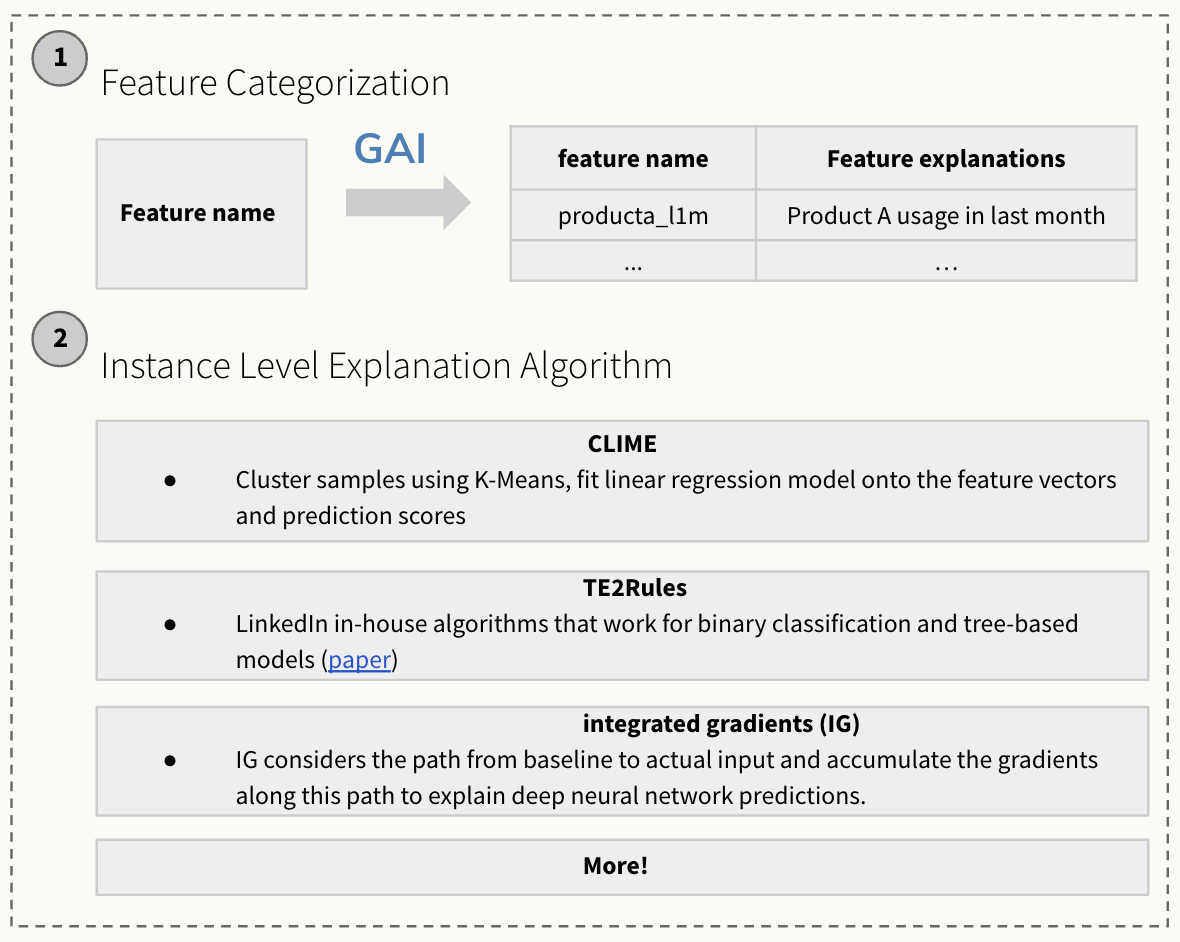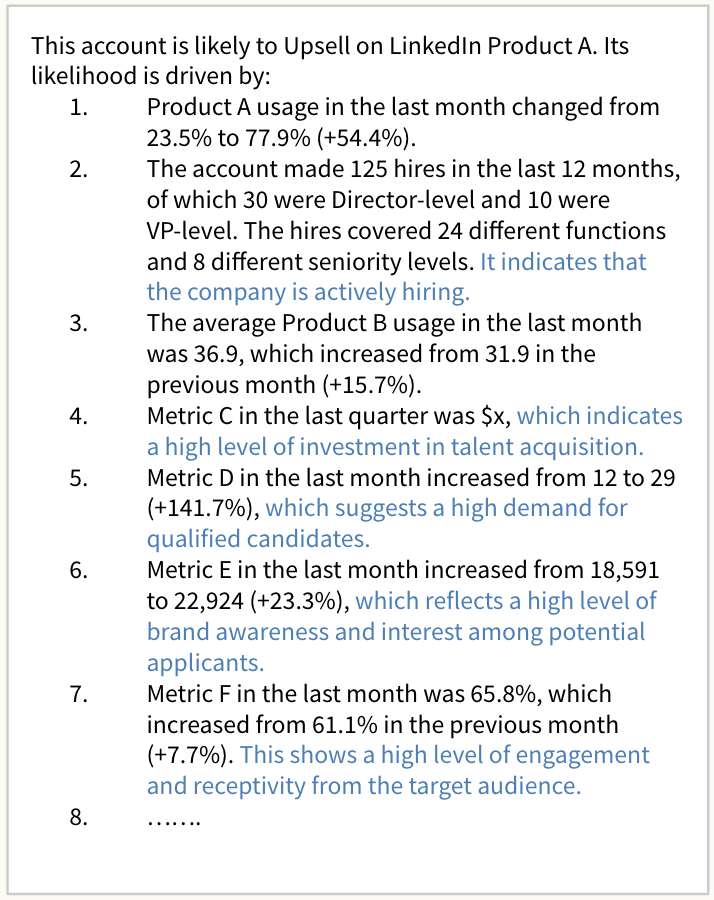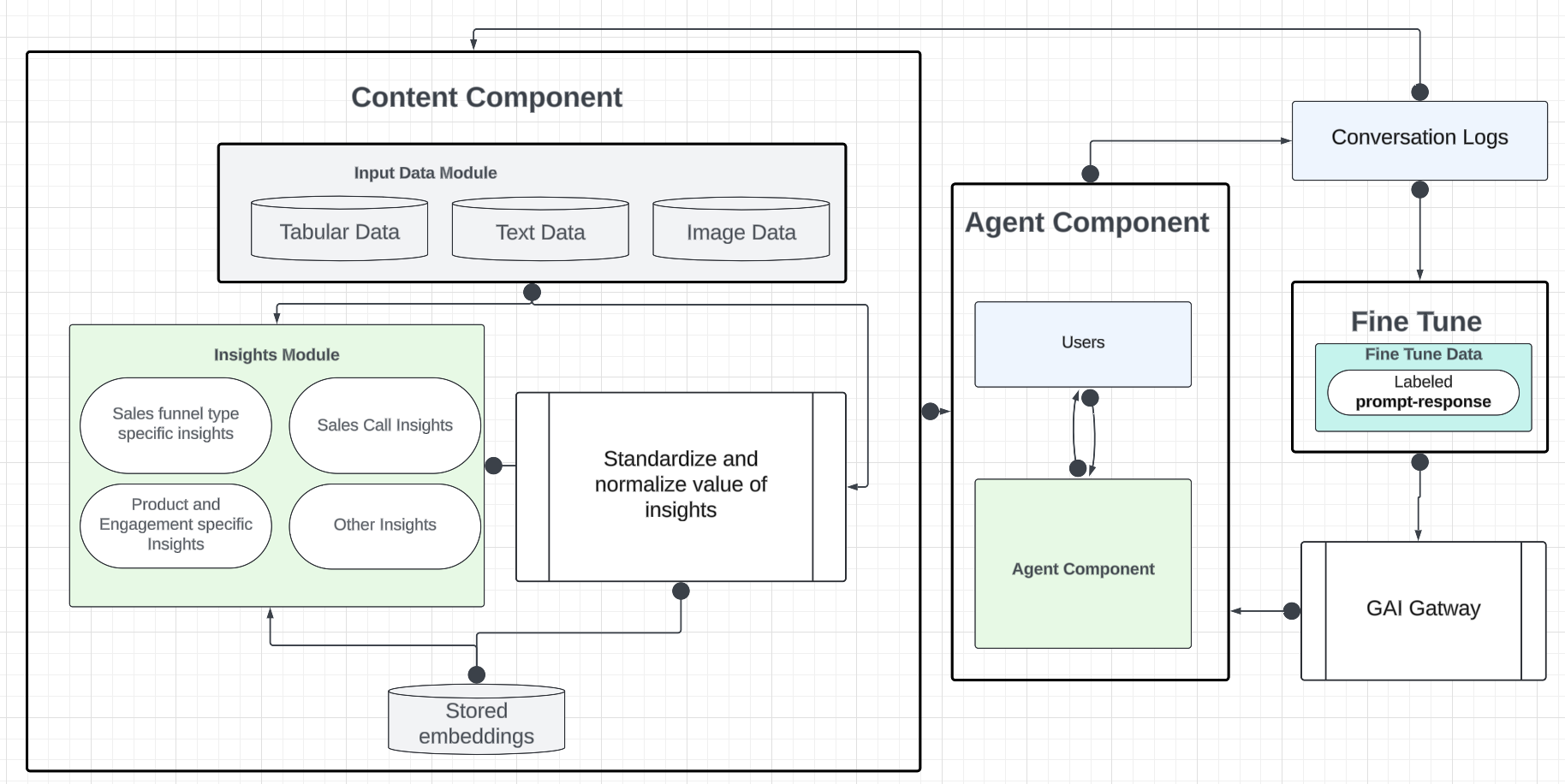- The paper introduces the CPOG framework that integrates causal predictive analytics with optimization and serving layers to enhance AI-driven sales processes.
- It leverages causal machine learning and mixed-integer programming to forecast and balance sales metrics like monetization and customer engagement.
- Experimental validation shows a 59.96% lift in net ratio, demonstrating significant improvements in B2B sales productivity and decision transparency.
Causal Predictive Optimization and Generation for Business AI
The paper "Causal Predictive Optimization and Generation for Business AI" introduces the Causal Predictive Optimization and Generation (CPOG) framework, a method deployed at LinkedIn to optimize sales processes using AI. This structured approach consists of a prediction layer, an optimization layer, and a serving layer that contributes to enhanced business AI operations. The framework is presented as a novel solution positioned to surmise significant improvements over legacy systems in the B2B domain.
Framework Architecture and Components
Prediction Layer: This layer leverages causal machine learning to forecast the incremental impact of different sales actions on key metrics like monetization and customer engagement. By modeling the conditional average treatment effect (CATE) and using meta-learners like S-learner, T-learner, and X-learner, CPOG effectively predicts both long-term monetization and short-term engagement metrics.

Figure 1: Overall CPOG Architecture
Optimization Layer: The framework utilizes constrained optimization to address multi-objective trade-offs, including maximizing revenue potential and balancing sales resources. By formulating this as a mixed-integer programming (MIP) problem, the optimization layer supports informed decision-making with real-time adjustments via contextual bandit methods, which are essential for optimizing actions like upsell, churn prevention, and engagement boosting.
Serving Layer & Explainability
Recommendation and Explanation: The serving layer translates complex prediction outputs into actionable insights. It forwards human-interpretable recommendations drawn from the optimization outcomes. Notably, this includes instance-level explanations generated using Generative AI, enhancing the transparency and trustworthiness of AI-driven suggestions.

Figure 2: GAI Based Instance Level Explanation Generation Process
Template-Free Explainability: Leveraging LLMs, this component enables expressive insights by integrating feature explanations into sales tools, crafting narratives that improve sales teams' understanding of model recommendations.

Figure 3: GAI Powered Explanation Process
Experimental Validation and Deployment
Offline and Online Analysis: The paper demonstrates the effectiveness of CPOG through rigorous validation, employing both offline evaluations and real-world deployments. Key findings reveal a substantial improvement in primary business metrics, notably a 59.96% lift in net ratio, underscoring the efficacy of uplift models in predicting the outcomes of various sales strategies.
Experimentation Challenges: Deploying CPOG posed challenges, such as designing observational causal studies as alternatives to A/B testing due to business constraints and urgency. The experiments affirm CPOG's positive impact on sales productivity while aligning with overarching revenue targets.

Figure 4: Uplift Deciles for Baseline Models
Conclusion
The CPOG framework is a pioneering approach to AI-driven sales optimization, offering a structured model that aligns AI predictions with tangible business objectives in the B2B context. Its deployment at LinkedIn illustrates its capacity to fortify sales strategies via predictive analytics, optimization, and explainability. While the framework demonstrates promising initial results and applicability in broader business ecosystems, further experimentation and fine-tuning are essential for extending CPOG's applicability to diverse applications beyond sales, including other commercial AI-driven decision contexts. Future research could explore more sophisticated integration with real-time data and extended customization features to address a wider array of business scenarios.



